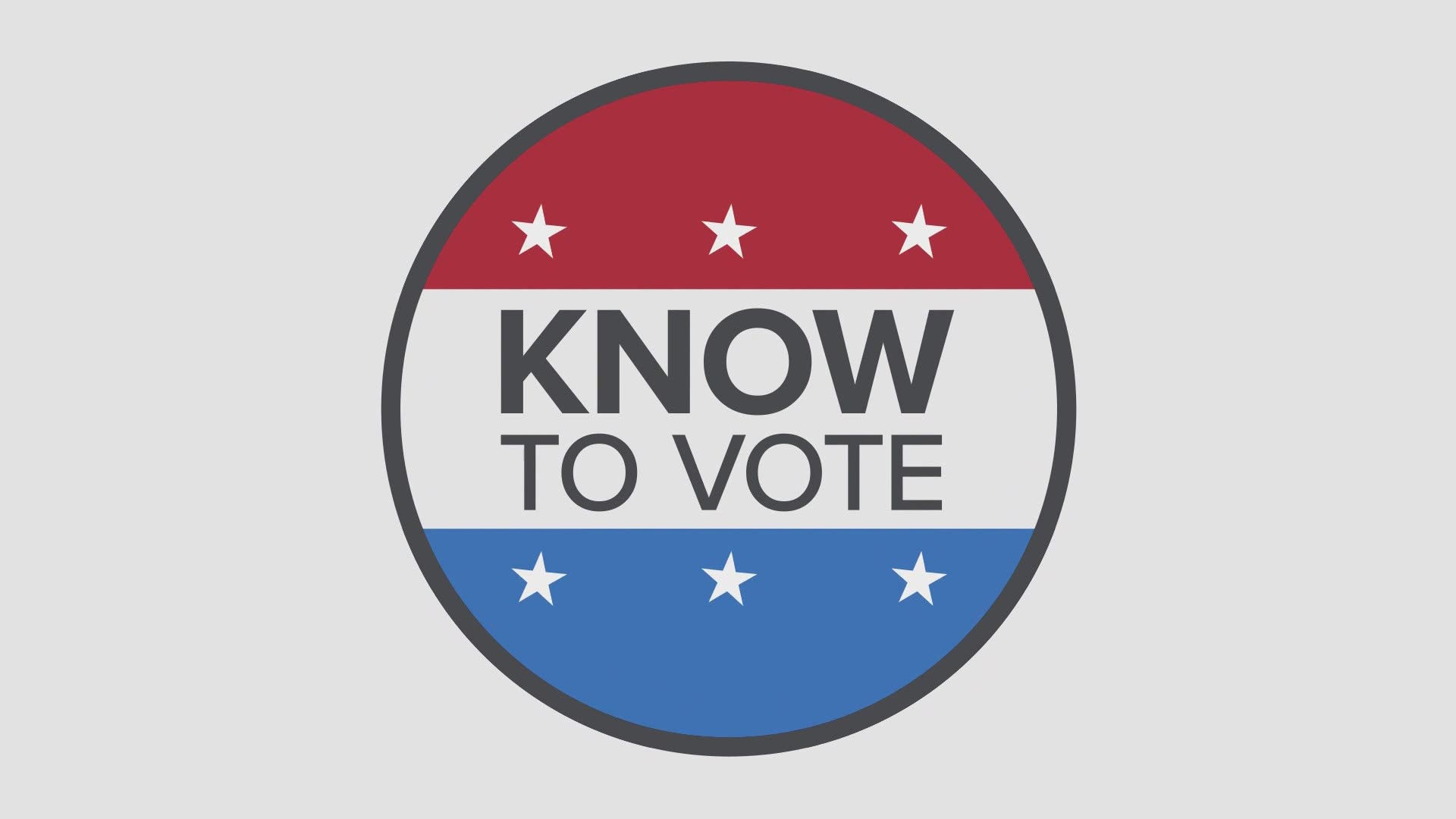ST. LOUIS — When the polls close and the last voter of 2020 has cast their ballot, then begins the process of officially declaring a winner and opens opportunities for the losers. Even when winners are declared on election night, they are popping champagne to celebrate unofficial results.
Votes aren't certified, or made official, until after Election Day: the process begins two weeks later in Missouri, three weeks later in Illinois.
Missouri Secretary of State Jay Ashcroft said the certified results should be close to the unofficial results, but more accurate.
“Those results could possibly change because of fat fingers or clerical errors,” he said. “On election night we're trying. We want to get you good on official results, but we also want to get them quickly because people want to see them. But then we want to go back have multiple eyes look over them and make sure it's correct because we don't want to make a mistake.”
Every vote cast in Missouri has an associated hard copy of the ballot, even the ones put through an electronic voting machine. Those are used in the election audit, which is how election officials double-check the actual mechanisms for tallying the vote.
“It means literally recounting a portion of ballots to make sure that the machine count is correct,” said Ashcroft.
Every election has its losers; after results are certified, candidates or motivated parties can challenge those results, if the race is close enough. In Missouri, candidates who lost by less than .5% of votes cast might request a recount with the Secretary of State (or less than 1% of votes cast if it’s a local race).
In Illinois, a candidate who got at least 95 percent of the number of votes the winner got can call for a recount. However, it's rare for a recount to change an outcome.
Processing absentee, mail-in ballots
With record numbers of people voting absentee or by mail, 5 On Your Side went to the St. Louis County Board of Elections to find out exactly what happens to a ballot once an election authority receives it.
There, people are voting absentee in person and dropping off their absentee ballots directly. With an ID, the judges will watch voters sign and notarize their ballots and drop it in the ballot box.
Absentee and mail-in ballots are also coming back by mail; workers pick up the ballots directly from the downtown post office.
The ballot then goes to the ballot room, a secure room that must be entered by a Republican and a Democrat at the same time. A bipartisan duo works together to mark ballots as received. Then, the workers go back through one-by-one to verify signatures.
Along with hand-delivered and absentee-in-person ballots, these mailed ballots are then stored unopened until five days before Election Day, which is Oct. 29. That is the first day ballots in Missouri can be opened and processed.
In Illinois, ballots can be processed as soon as they're received.
Next, ballots are taken to the tab room, another secured room that does not have internet access. Here, bipartisan teams of election workers scan ballots into these computers.
If the scanner cannot read a ballot, the ballot goes back to the ballot room, where a bipartisan team works to transcribes a ballot so the vote can be counted.
All the ballot data is stored on a drive that is plugged into a counting computer that does the actual tabulating.
In both Missouri and Illinois, votes aren’t actually counted until after polls close Nov. 3.

